CARCEIT
International Collaborative Education Projects (ICEP2)
International Collaborative Education Projects (ICEP2)
Positive Peace Education in Kazakhstan
RESEARCH TEAM
PI: Lynne Parmenter, Professor, GSE
Co-PI: Hilary Cremin, Professor and Head of Faculty of Education, Cambridge University
Co-PI: Madina Tynybayeva, President of National Academy of Education
Co-PI: Aida Akhmetzhanova, Vice-President of National Academy of Education
Researcher: Raigul Abildina, National Academy of Education
Project Advisor: Kevin Clements, Director of Toda Peace Research Institute, Japan
PhD Research Assistant: Assemgul Bukutova
Master’s Graduate Research Assistants: Aizat Arystanbek and Gulbagira Toleu
Positive Peace Education in Kazakhstan project (www.positivepeacekazakhstan.com) involves researchers from NU GSE, Cambridge University and the National Academy of Education named after Y. Altynsarin, together with teachers working in schools across Kazakhstan. It aims to explore and develop concepts of peace education relevant to the contexts of schools, teachers and students in Kazakhstan.
The concept of “positive peace education” derives from Johan Galtung’s (1969) distinction between negative peace and positive peace. In Galtung’s (1969) theory, terminating direct violence is defined as negative peace. Halting direct violence is important, but it does not address the root causes that may bring turbulence and discord between people, groups and societies. Positive peace is a much wider and more lasting phenomenon as it seeks to create conditions for a just and equitable society, addressing the structural and cultural violence that underlie much direct violence.
Grounded within this paradigm, positive peace education emphasizes the leading role of education in building and sustaining peace. By empowering teachers and learners with competences and knowledge that value peace, inclusion, and justice across all levels and all forms of education, it is possible to ensure positive and meaningful engagement of people with themselves, with others and with society. In this project, we see positive peace education as a multidimensional phenomenon that spans from the individual level, where the focus is on inner peace and wellbeing, through interpersonal relationships and community dynamics, to the global and ecological levels.
The concept of “positive peace education” derives from Johan Galtung’s (1969) distinction between negative peace and positive peace. In Galtung’s (1969) theory, terminating direct violence is defined as negative peace. Halting direct violence is important, but it does not address the root causes that may bring turbulence and discord between people, groups and societies. Positive peace is a much wider and more lasting phenomenon as it seeks to create conditions for a just and equitable society, addressing the structural and cultural violence that underlie much direct violence.
Grounded within this paradigm, positive peace education emphasizes the leading role of education in building and sustaining peace. By empowering teachers and learners with competences and knowledge that value peace, inclusion, and justice across all levels and all forms of education, it is possible to ensure positive and meaningful engagement of people with themselves, with others and with society. In this project, we see positive peace education as a multidimensional phenomenon that spans from the individual level, where the focus is on inner peace and wellbeing, through interpersonal relationships and community dynamics, to the global and ecological levels.



Research Dissemination
On Monday, March 18th, the team from the CARCEIT International Collaborative Education Project (ICEP), "Positive Peace Education in Kazakhstan," showcased their work at the University of Cambridge. The presentation was attended by members of the Faculty of Education, the Cambridge Peace and Education Research Group (CPERG), and researchers from various countries around the world.
The team also shared progress on their work with 33 teachers across 7 schools in Kazakhstan. These teachers have designed and are implementing action research projects based on the Positive Peace Matrix, following intensive workshops led by Hilary Cremin and NU-based researchers in Astana, Kazakhstan.
The team also shared progress on their work with 33 teachers across 7 schools in Kazakhstan. These teachers have designed and are implementing action research projects based on the Positive Peace Matrix, following intensive workshops led by Hilary Cremin and NU-based researchers in Astana, Kazakhstan.

